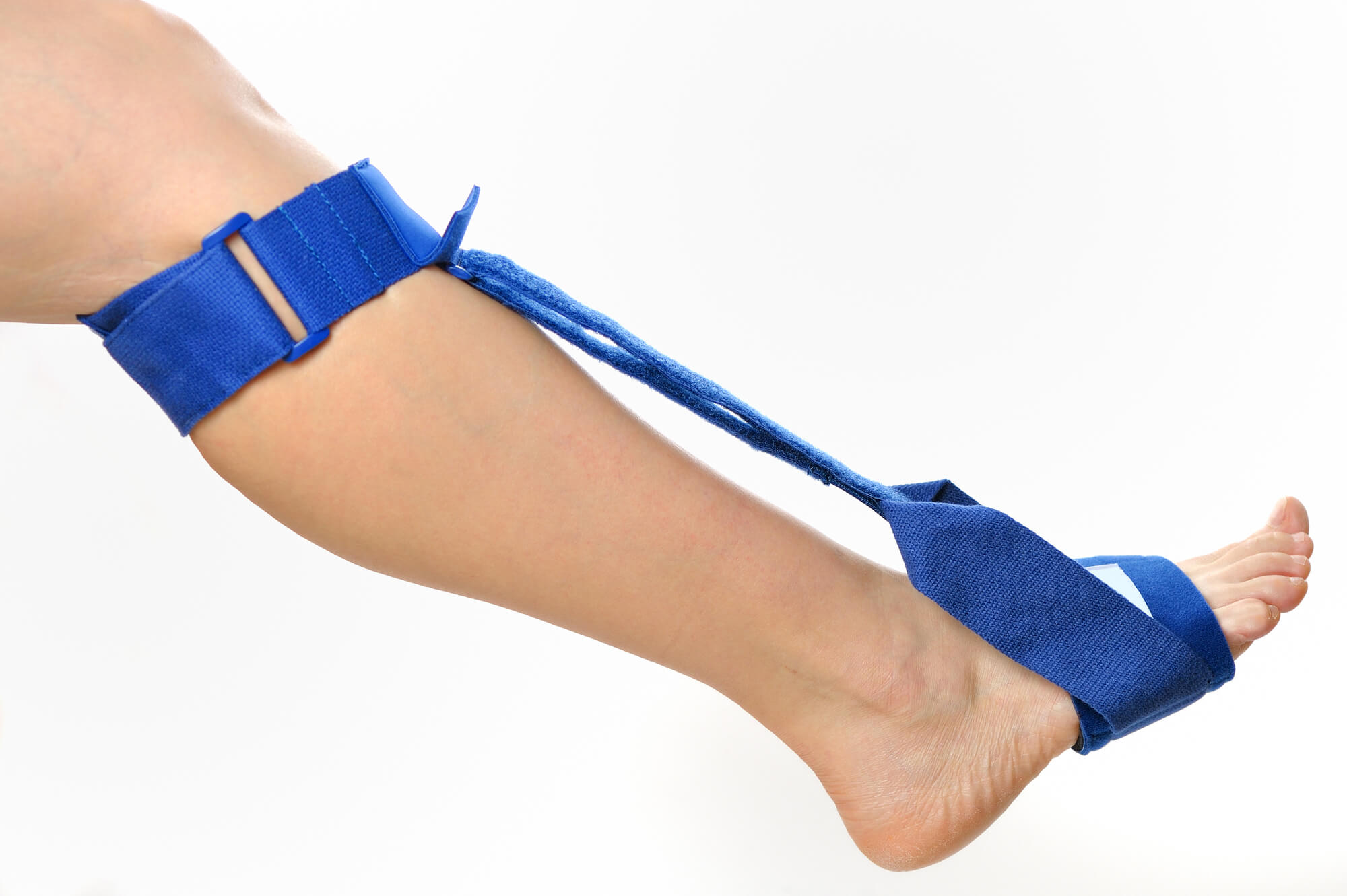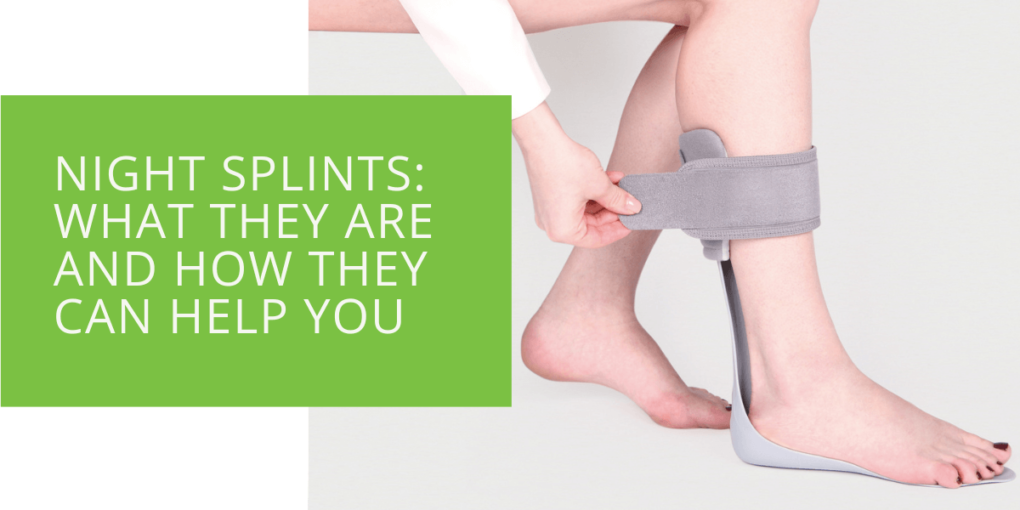Night Splints: What They Are and How They Can Help You
Good foot health is essential to our overall well-being. Our feet take us from one place to another, allowing us to work, exercise, and play. But foot pain and problems can interfere with our daily activities and even affect our sleep. This is where night splints come in. This article will discuss what night splints are, how they work, and how they can benefit you.
What Are Night Splints?
A night splint is designed to stretch your foot and ankle while sleeping. Different types of night splints are available, but most consist of a rigid or semi-rigid frame that attaches to the foot and ankle with straps. The splint holds the foot in a specific position that helps stretch the plantar fascia or Achilles tendon, which can relieve pain and tightness.
Conditions That Can Benefit from Night Splints
Night splints can be used to treat several different foot and ankle conditions, including:
- Plantar Fasciitis: This common condition causes pain and inflammation in the plantar fascia, a band of tissue connecting the heel bone to the toes. A night splint can help stretch the plantar fascia, relieving pain and reducing inflammation.
- Achilles Tendonitis: This condition causes pain and stiffness in the Achilles tendon, which runs from the heel to the calf. A night splint can help stretch the Achilles tendon and reduce pain and stiffness.
- Heel Pain: Heel pain can be caused by various factors, such as plantar fasciitis or a heel spur. Night splints can help relieve this pain by stretching the plantar fascia or the Achilles tendon.
- Foot Drop: This condition causes the toes to drag when walking due to a weakness or paralysis in the muscles that lift the foot. Night splints can help keep the foot in a neutral position, which can prevent the foot from dropping.
- Tight Calf Muscles: A night splint can stretch the calf muscles, which can help reduce pain and prevent injuries such as Achilles tendonitis.
It's important to note that while night splints can effectively treat these conditions, they may not be suitable for everyone. It's always recommended to consult with a podiatrist to determine if a night splint is the right treatment option for you and to receive guidance on how to use it properly.

How to Use Night Splints
Night splints are worn while you sleep and can take some getting used to. Following the manufacturer's instructions and your podiatrist's recommendations is important when using night splints. Generally, you should wear the splint every night for several weeks or until your symptoms improve. Some tips for adjusting to night splints include gradually increasing the time you wear them, wearing socks to reduce irritation, and using anti-inflammatory drugs if your podiatrist recommends them.
Benefits of Night Splints
Night splints can provide several benefits for foot and ankle pain and stiffness. These benefits include:
- Reduction in foot pain and inflammation
- Improved range of motion and flexibility
- Prevention of future foot problems
- Improved quality of sleep
Wearing night splints can also help you get out of bed in the morning without experiencing the usual pain associated with plantar fasciitis or Achilles tendonitis.

Are Night Splints Right for You?
If you're experiencing foot and ankle pain, you may want to consider using night splints as a treatment option. Your podiatrist can help you determine whether night splints are right for you and which type best suits your needs. Your podiatrist may also prescribe other treatments with night splints, such as stretches, exercises, or non-steroidal anti-inflammatory drugs (NSAIDs).
Potential Drawbacks of Night Splints
While night splints can be helpful for many people, they may not be the right treatment option for everyone. Some potential drawbacks of using night splints include discomfort or irritation while wearing them, difficulty sleeping with them on, and the potential impact on your partner's sleep if they are noisy or bulky.
Conclusion
Night splints can be a valuable treatment option for various foot and ankle conditions, particularly plantar fasciitis and Achilles tendonitis. By holding the foot in a stretched position throughout the night, these splints can help to alleviate pain and promote healing. However, it is important to consult with a podiatrist to determine whether night splints are the right treatment option for your needs. With the guidance of a healthcare professional and with consistent use, night splints can be an effective tool in the fight against foot and ankle pain.

